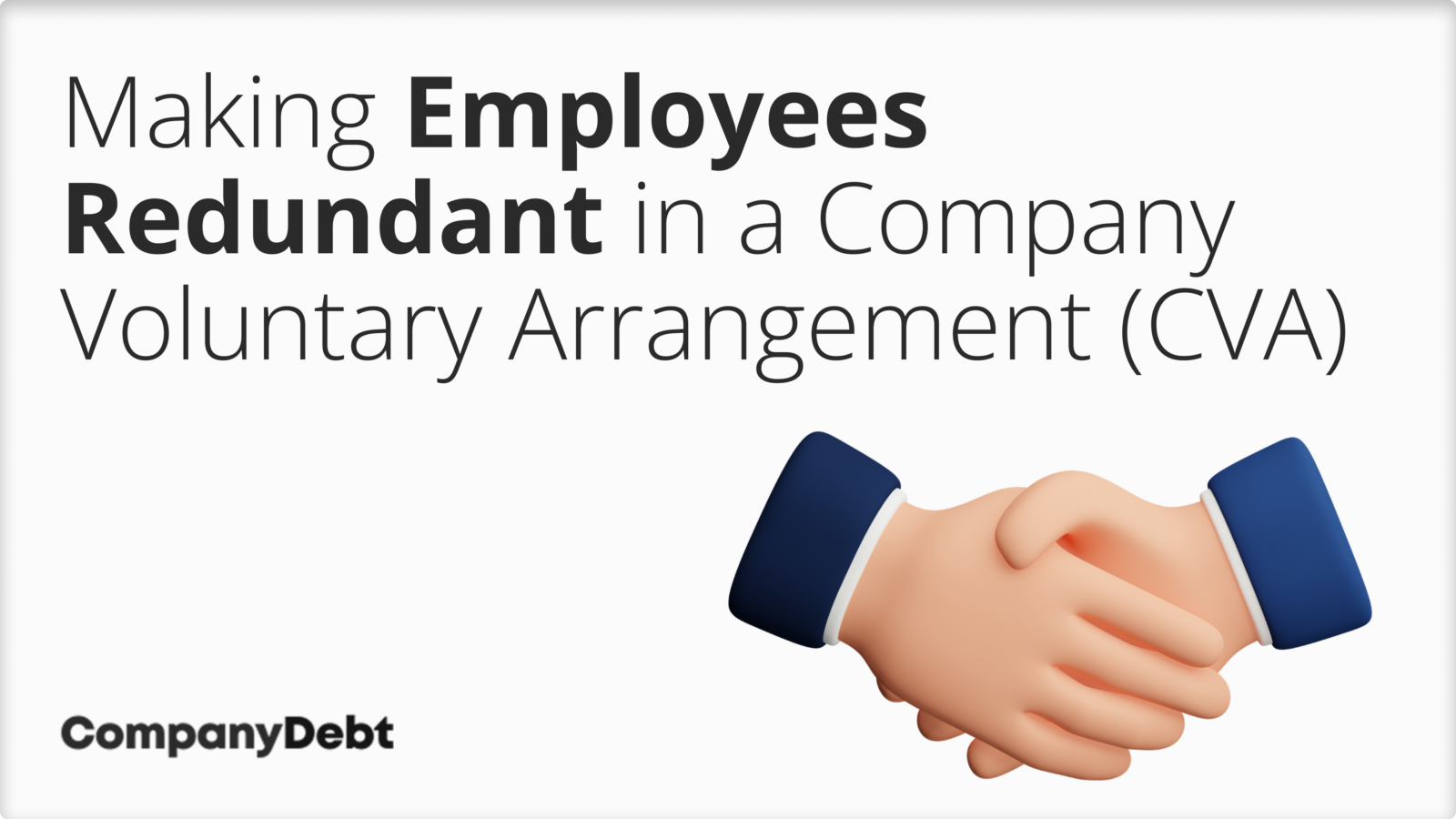Who Pays Redundancy Money? A Comprehensive Overview for Employers and Employees
Who Pays Redundancy Money? A Comprehensive Overview for Employers and Employees
Blog Article
Exploring the Interaction In Between Business Redundancy and Organizational Flexibility for Future Growth
In the vibrant landscape of today's organization world, the detailed connection in between company redundancy and business versatility arises as an essential element for continual development and success. Business frequently deal with the challenge of striking a fragile balance in between maintaining a degree of redundancy to mitigate risks and fostering versatility to respond quickly to the ever-evolving market needs.
Relevance of Company Redundancy
Business redundancy is a vital component that improves organizational resilience and alleviates functional risks. By including redundancy measures within the organizational structure, firms can much better endure unforeseen disruptions and fluctuations in business environment. Redundancy functions as a strategic buffer, enabling business to adjust and react efficiently to unanticipated obstacles without jeopardizing essential operations.
One key facet of the relevance of company redundancy is its role in making certain continuity throughout times of dilemma. When encountered with unexpected modifications or emergencies, redundant systems, resources, or personnel can step in to maintain essential functions and prevent extensive disturbances. This continuity not just safeguards the company's track record and consumer depend on however additionally lessens financial losses and operational downtime.

Strategies for Business Adaptability

Another vital approach is purchasing modern technology and infrastructure that can support adaptability and scalability. Executing digital devices, automation, and data analytics can improve procedures, improve performance, and supply important understandings for notified decision-making. Furthermore, developing adaptable organizational structures that allow for fast modifications to market characteristics and client demands is necessary for remaining affordable in a rapidly progressing atmosphere. By proactively determining potential disturbances and opportunities, organizations can proactively prosper and adapt in an ever-changing service landscape.
Balancing Redundancy and Versatility
Attaining an unified equilibrium between operational redundancy and organizational versatility is critical in navigating the intricacies of a vibrant service environment. Striking the best equilibrium between redundancy and flexibility is a fragile procedure that needs a deep understanding of the company's objectives, industry dynamics, and danger tolerance.
To attain this balance, firms need to perform routine analyses review of their operations to determine areas where redundancy is needed for risk mitigation and where versatility can drive technology and growth. Applying flexible structures, promoting a society of constant understanding and enhancement, and urging open interaction across all levels of the company are key methods to balance redundancy and adaptability effectively. By aligning these two important components, firms can position themselves for sustainable development and success in an ever-changing company landscape.
Instance Researches on Adjustment Success
In checking out instances of effective business check here adjustment, it becomes obvious that the interplay in between functional redundancy and adaptability is a defining variable in shaping resistant services. One compelling study is that of Netflix. At first a DVD rental service, Netflix showed amazing versatility by transitioning into a streaming system when digitalization interfered with the market. By strategically spending in modern technology and material creation, Netflix not only thrived however endured in a quickly evolving market. An additional standout example is Amazon. Starting as an online book shop, Amazon continually adapted its company version, increasing into varied markets such as cloud computing and expert system. This versatility allowed Amazon to remain in advance of competitors and satisfy altering consumer needs. Last but not least, Adobe gives a noteworthy image of effective adaptation. The firm changed from selling software licenses to a subscription-based design, ensuring reoccuring revenue streams and enhanced customer interaction. These instance researches highlight the significance of functional redundancy coupled with organizational flexibility in fostering long-lasting growth and competitiveness.
Building Resilience for Future Growth
Structure strength for future development needs a strategic alignment of operational procedures with market dynamics and emerging fads. Companies have to adjust to transforming settings by cultivating a culture of versatility, advancement, and constant enhancement.
In addition, fostering strong relationships with stakeholders, such as consumers, staff members, distributors, and the community, is vital for weathering uncertainties and keeping count on and assistance throughout turbulent times. Effective interaction and openness play a crucial role in structure strength, as they assist line up assumptions and help with cooperation in browsing unpredictabilities.
In addition, companies require to focus on discovering and advancement efforts to upskill staff members and outfit them with the necessary tools to adjust to changing conditions. By why not try this out purchasing their labor force, companies can improve their flexibility and dexterity, inevitably enhancing their durability for lasting future growth.
Conclusion

In the vibrant landscape of today's business world, the intricate partnership in between firm redundancy and business flexibility emerges as a critical variable for sustained development and success. Companies usually face the challenge of striking a fragile balance in between maintaining a level of redundancy to alleviate dangers and fostering adaptability to react swiftly to the ever-evolving market demands.To achieve this equilibrium, firms require to carry out routine assessments of their operations to determine locations where redundancy is needed for risk mitigation and where versatility can drive innovation and growth.In verdict, the interaction in between business redundancy and organizational adaptability is crucial for future development. Building strength via a combination of redundancy and versatility will ensure that firms are prepared for the obstacles of the future.
Report this page